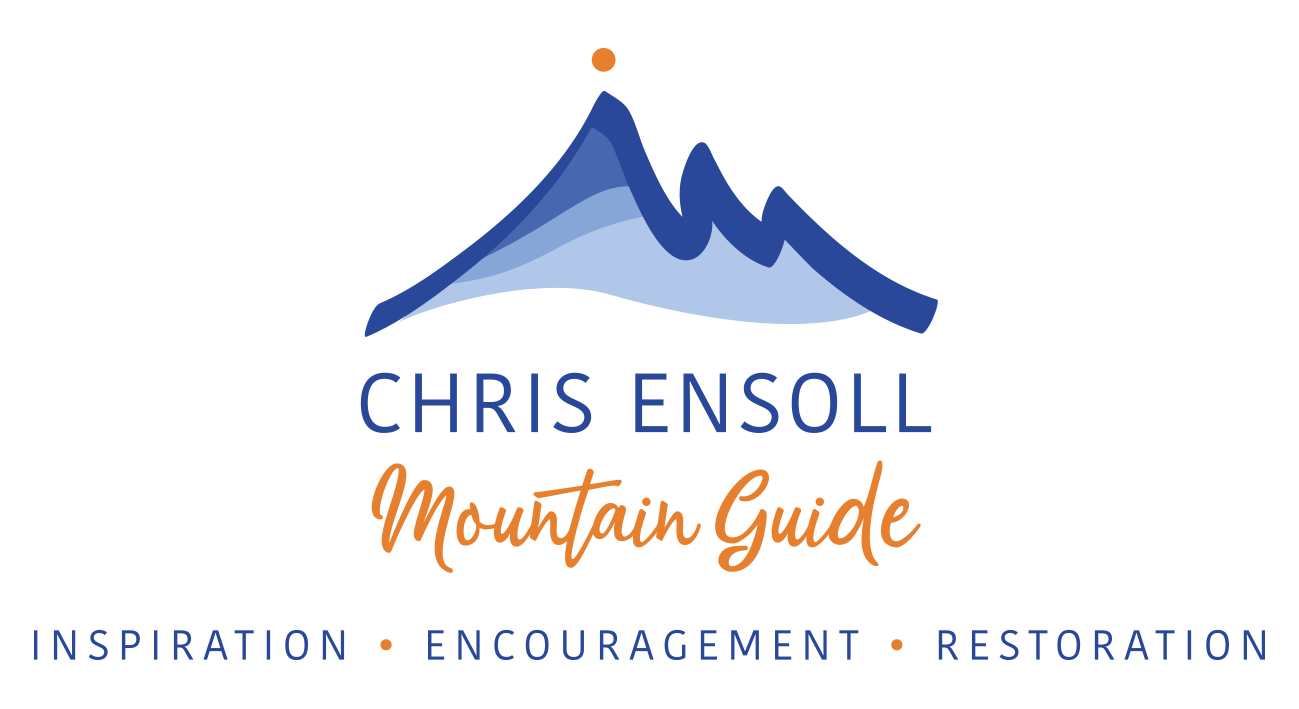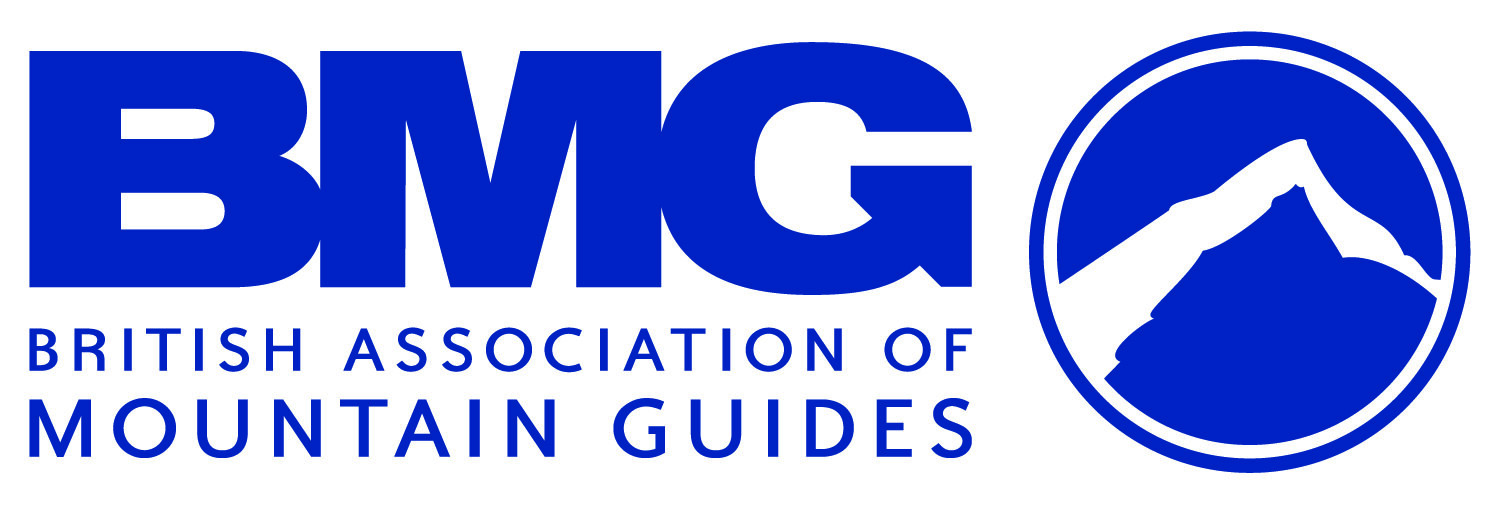How To Pack Your Rucksack The Minimalist Way
/WRITTEN by CHRIS & ANNE ENSOLL
We've all seen it: an expedition group toiling under the weight of huge rucksacks, with all kinds of things swinging around on the outside. They have no energy for enjoying the journey - all they can think about is getting to the campsite and crashing out. But it doesn't have to be like that. When I run Mountain Leader courses I set my candidates a challenge: to pack all their kit for a three-day two-night expo into a 45 litre sack weighing no more than 10kg. Most of them are surprised, and think it isn't possible. Here's why it's a good idea, and how to do it.
Anyone carrying a lighter sack is going to be less tired after a day out, so they will have had more fun and been less likely to fall and be injured. If one group member is struggling, one of the first steps to help would be to take some weight out of their sack and distribute it amongst the team, or take the whole sack. If everyone else is not overloaded already, this is easy to do. Think about your packed sack as a proportion of your body weight. A 10kg sack is around one seventh of my 70kg body weight. If you’re bigger than this, then your kit is going to weigh a bit more, but if you’re fit you shouldn’t be affected by carrying the extra weight.
So how do you pack a light sack and still have everything you need to be comfortable, dry and well-fed?
1. Share communal things
Several things can be taken between the group rather than by each person, including:
Rope
First aid kit (except for personal blister kits)
Penknife or multi tool
Water filter system
Midge repellent
Sun cream
Toothpaste
2. Avoid taking extras
The main culprit for making a heavy expo sack is spare everything: spare undies, spare socks, changes of clothing, spare gas. I take spare nothing and accept that I will be a bit smelly when I get back, but I will have enjoyed carrying a light sack. With a few tricks you can make full use of the few things you take, for example to dry out your damp socks to re-use the next day, fill your water bottle with hot water and wrap your socks round it. You can also use it as a hot water bottle in your sleeping bag.
These are all examples of excess baggage that I see regularly:
Full set of cutlery
Pen knife or multi tool per person
Spare gas
Spare socks
Spare undies
Spare stove (yes, really)
Spare billies
Spare headtorch
Changes of clothing
Tube of toothpaste
Full bottle of sun cream
Towel
Soap
Large wash kit
3. Pack what you really need
Start with the rucksack itself. What does the sack weigh empty? As a rough guide it should be less than 1kg. Next think about what you’re going to put in the rucksack. I use these guidelines:
Does it keep me warm?
Does it keep me safe?
Can I eat it? Is it used to make my food?
This is what I put in my rucksack, in the order of packing:
Sleeping bag in a dry bag
I sleep cold so I like a warm down bag. There are good hydrophobic down bags now which are light and pack small. If I’m expecting really wet and windy conditions, when I pack my expo sack at home I put my sleeping bag inside a lightweight bivi bag, such as the Rab Survival Zone, and I don’t take it out until I’m back at home.
Camping mat or thermarest
I use a three quarter length lightweight thermarest, but I am not very tall. I rest my feet on my rucksack.
Knife/fork/spoon/cup/plate
I use a Jetboil and a long-handled spoon so I can eat out of the pot. I don’t take a knife or a fork. I used to use a plastic Spork (cheap, light and multi-purpose), but I gave up on them after breaking several. I don’t carry a cup or a plate – I eat out of the Jetboil pot and drink from the small cup which clips on the bottom.
Photo credit: Warren Birch
Extra layers in a dry bag
Hat, gloves, buff, Primaloft jacket
Personal hygiene items
I take a toothbrush and a squeeze of toothpaste in a plastic bag. That’s it! Using soap around mountain streams isn’t a good idea, and if I have a dip in a stream I use my buff to dry myself. Sphagnum moss makes great loo paper. If you want to carry toilet paper, you should be prepared to take it home with you after use.
Food not needed for the day
I like eating and don’t like to be hungry, so this makes up the heaviest part of my kit. There are lots of great freeze-dried meals now, but they tend to be expensive. I use Look What We Found meals – they are not dehydrated and therefore relatively heavy, but they taste like real food and several of them are gluten-free and dairy-free (see this post for my top five favourite expo foods).
Tent in a dry bag
When I’m on expo I pack my tent in a dry bag rather than the stuff sack, so if the tent is wet when packing up camp, it won’t make other kit in my rucksack wet. If the weather is dry later in the day, when I stop to eat lunch I will pull out the tent and spread out to dry so when I get to the next campsite I’m pitching a dry tent.
A Wild Country/Terra Nova Zephyros 2 (a popular low-cost two-man expo tent) weighs about 1.8kg – that’s only 900g per person. Sharing your tent keeps you much warmer and means you only need one stove and billy set. One small gas canister will do for two people for two nights in summer conditions.
Food for the day
Water
Water is heavy stuff, so it makes sense to carry as little as possible. I use a BeFree filtration system which means I can drink safe clean water whilst carrying almost nothing.
Waterproofs
Map, map case, compass, watch
Ortlieb map cases are my number one choice – they keep the water out and don’t become brittle with age.
Head torch
I always carry new or fully charged batteries. When the days are long I pack the torch in the bottom of the sack, but if I know I’m going to need it I’ll keep it at the top.
So what do you think?
Give it a go next time you're out on expo in the mountains and let us know how you got on. Check out the calendar for dates for our Mountain Leader courses.







